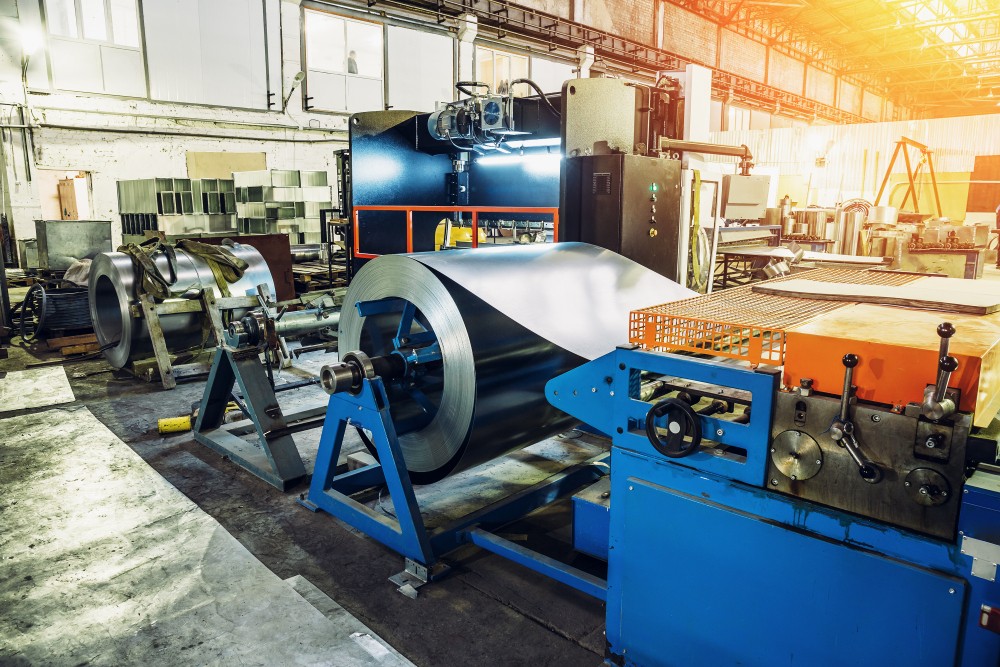Depreciating Equipment: Straight-Line or Accelerated?

Manufacturing is a business rife with capital assets. Every piece of production equipment remains on a company’s balance sheet for years — as both a means of generating revenue and a reminder of the debt associated with purchasing multi-million-dollar assets. To maximize the potential of equipment — and mitigate the financial implications of buying it — manufacturers must depreciate capital assets accordingly.
Depreciation is a complicated accounting strategy that’s not always top-of-mind when businesses purchase an asset, but for a better grasp of an asset’s ongoing financial effect on your company, it’s worth understanding the two primary means of asset depreciation.
What is depreciation?
Depreciation is an accounting technique used to lower a company’s tax burden each year. It involves writing off the cost of manufacturing equipment — and other assets — over its “useful life,” or life expectancy. Whether a company uses the straight-line, aka consistent, depreciation or an accelerated method, determines an asset’s depreciation value each year. An asset’s depreciation value is how much of its total value the company can report as a tax benefit.

What is straight-line depreciation?
Straight-line depreciation involves writing off the same amount of an asset based on its useful life. To calculate straight-line depreciation, companies must first determine the exact cost and useful life of the asset in question. For example, a company could write off $10,000 each year on a piece of equipment with an initial cost of $100,000 and a useful life of 10 years.
Companies use straight-line depreciation to evenly distribute — and write off — an asset’s carrying costs over its useful life. Straight-line depreciation is easy to calculate and leaves little room for error, but the company bears more of the asset’s tax burden upfront.
What is accelerated depreciation?
Accelerated depreciation actually describes several different depreciation methods, including the double-declining balance and sum of the years’ digits methods. As the name suggests, accelerated depreciation reduces the book value of a capital asset at a quicker rate than other depreciation methods. When using an accelerated depreciation method, companies write off more of an asset’s value in its first few years, then less each year moving forward.
For a $100,000 machine, your company might write off $25,000, or 25%, in the first year. The following year, you might write off 18%, or $18,000. Each year, the write off decreases, and by year 10, you might only write off $4,500, or 4.5%. The exact annual amount depends on the asset value and depreciation schedule.

What’s the best option for manufacturing equipment?
For manufacturing equipment, it’s typically best to go with the accelerated depreciation method. Accelerated depreciation reduces the upfront balance sheet implications of buying and owning equipment by allowing companies to write off higher amounts in the early years of asset ownership. The accelerated method essentially makes it easier for companies to buy and own assets without overburdening the balance sheet with each purchase.
Mind the cost of ownership and upkeep
Manufacturing equipment tends to have a longer useful life than other capital assets, which means ongoing costs for care and upkeep further into the investment timeline. Depreciation is a helpful means of capitalizing on the asset early and offsetting some of the cost of upkeep later. For most companies, accelerated depreciation is the preferred method for mitigating the cost of expensive equipment purchases early in their useful lifespan. It’s a financially smart way to shield the balance sheet from a hefty, but necessary, investment.